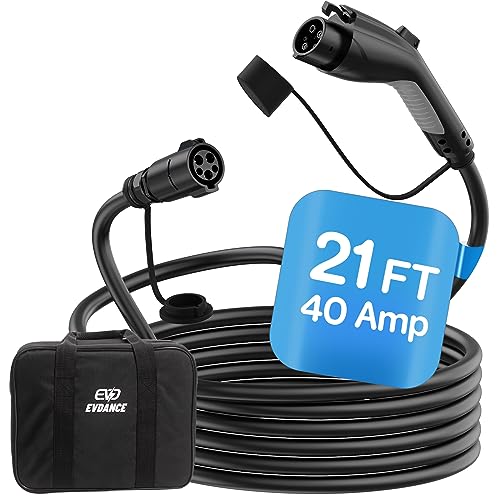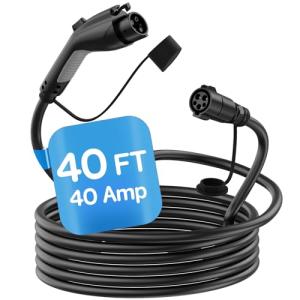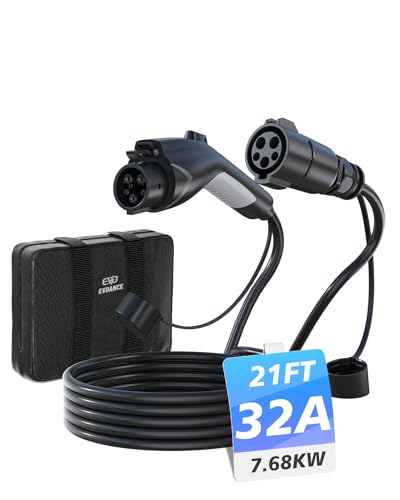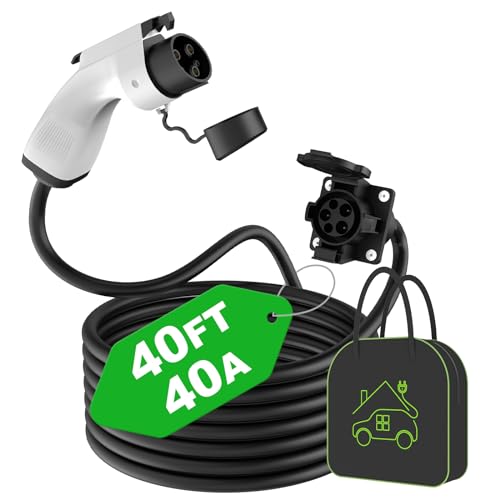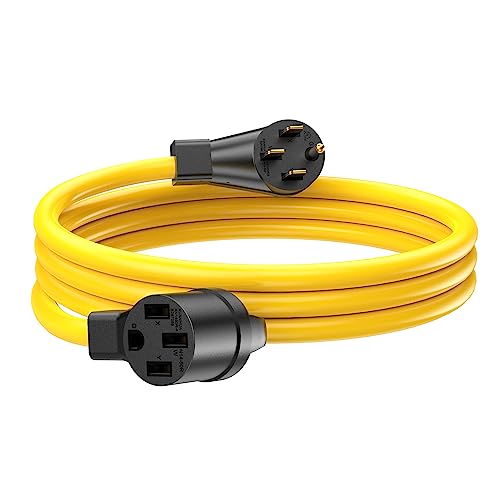As the world moves towards a more sustainable future, electric vehicles (EVs) are becoming increasingly popular, representing a significant shift in how we think about transportation. An essential component of this electric revolution is the technology that powers these vehicles — particularly, the EV charging cables. These cables are not just cords; they are the lifelines that connect electric vehicles to their energy source, ensuring that EVs are charged and ready to drive.
A Closer Look at EV Charging Technology
EV charging cables are designed to be user-friendly, efficient, and safe. They come in various types, each serving different vehicles and charging needs. Understanding these cables is crucial for current and prospective EV owners, as they directly impact the charging experience and the convenience of owning an electric vehicle.
The Types of EV Charging Cables
-
Type 1 Cables – Predominantly used in the United States and parts of Asia, Type 1 cables are designed for single-phase charging up to 7.4 kW. These cables connect to a standard AC power source, providing a slow to moderate charging speed.
-
Type 2 Cables – More common in Europe, Type 2 cables are versatile, supporting both single-phase and three-phase power supplies. They can deliver up to 43 kW in AC charging, making them suitable for home and public charging stations.
-
CCS (Combined Charging System) Cables – The CCS standard is an evolution in EV charging technology, offering both AC and DC charging capabilities. It supports high-speed charging, with power ratings up to 350 kW, significantly reducing charging times for compatible vehicles.
-
CHAdeMO Cables – Originating from Japan, CHAdeMO cables are primarily used for DC fast charging, offering speeds up to 62.5 kW. They are known for their reliability and safety features, including a locking mechanism that secures the cable during charging.
-
Tesla Supercharger Cables – Exclusive to Tesla vehicles, these cables are part of Tesla's proprietary charging network. They offer rapid DC charging, with some stations delivering up to 250 kW, enabling Tesla drivers to recharge quickly during long journeys.
Safety and Convenience Features
Modern EV charging cables are equipped with several safety features to protect both the vehicle and the user. These include temperature monitoring, overcurrent protection, and ground fault detection. Additionally, many cables and charging stations now offer smart charging capabilities, allowing users to control and monitor their charging sessions via smartphone apps.
The Role of Charging Cables in the EV Ecosystem
EV charging cables are more than just accessories; they are integral components of the electric vehicle ecosystem. They facilitate the efficient transfer of energy from the grid to the vehicle, enabling the adoption of EVs by making charging accessible and convenient. As the network of public charging stations grows, the availability of different types of charging cables at these stations becomes crucial in supporting a diverse range of electric vehicles on the road.
The Future of EV Charging
The future of EV charging is promising, with advancements in cable technology and charging infrastructure. Innovations such as wireless charging and higher capacity cables are on the horizon, promising to make EV charging even more seamless and integrated into our daily lives. As technology evolves, the goal is to reduce charging times further and increase the convenience of using electric vehicles, making sustainable transportation accessible to everyone.
